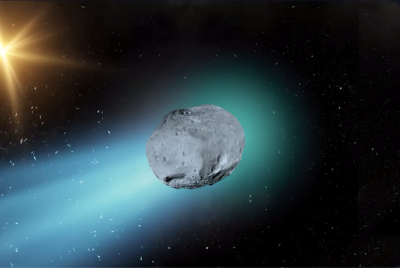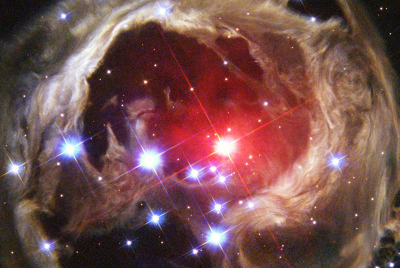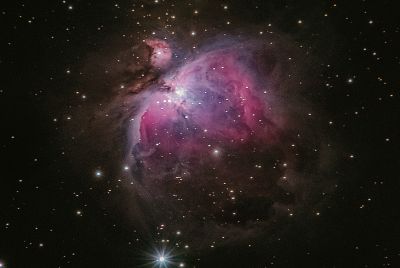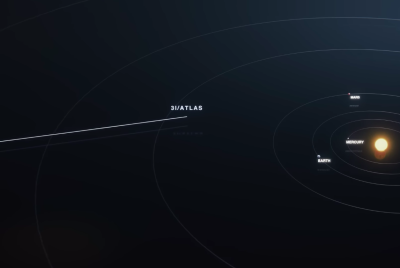2025 Nobel Prize in Physics: John Clarke, Michel Devoret, John Martinis Discover 'Quantum Weirdness' Exists in Real Life
Scientists prove 'quantum weirdness' exists on a large scale, boosting quantum computing.
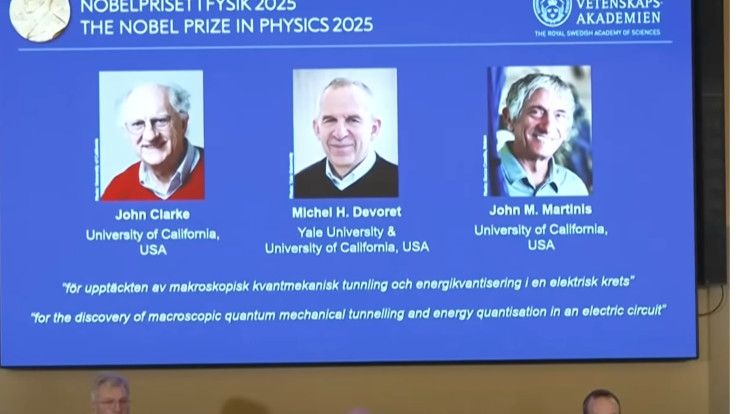
The 2025 Nobel Prize in Physics has been awarded to three pioneering scientists who achieved a feat once thought impossible: making the 'bizarre phenomena of quantum physics' observable on a macroscopic scale.
For years, the mind-bending laws of quantum mechanics—the same laws that govern tiny atoms—were believed to break down when applied to the everyday world. Now, John Clarke, Michel Devoret, and John Martinis have completely redefined the boundaries of this century-old science.
Their groundbreaking experiments, which demonstrated quantum tunnelling in circuits large enough to be considered macroscopic, have been hailed as the foundation of modern quantum computing.
On Tuesday, 7 October, the Royal Swedish Academy of Sciences in Stockholm announced that the three physicists would share the prize of 11-million Swedish kronor (US$1.2 million).
The revelation immediately sent ripples through the physics community. 'I am completely stunned; it had never occurred to me in any way that this might be the basis for a Nobel prize,' said Clarke, speaking to journalists gathered for the announcement.
Martinis recounted his wife's unique delivery of the good news, revealing: 'I woke up a little bit before 6. Then I opened my computer and saw John and Michel's and my pictures.'
Why Quantum Tunnelling at a Larger Scale Is a Big Deal
The foundations of quantum mechanics were laid down over 100 years ago, yet many of its strangest implications have taken decades to unravel. The work of Clarke, Devoret, and Martinis focused on proving two of the subatomic realm's most famous yet counter-intuitive properties could exist at a larger scale:
- Quantum Tunnelling: This phenomenon is the ability of particles to pass straight through a barrier that should be impossible to breach according to classical physics, given its energy. It explains events like radioactive decay, where an alpha particle has a small probability of escaping an atom's nucleus despite being confined.
- Quantum Superposition: This is the unsettling property where an object can exist simultaneously in two states.
While both these phenomena were known at the atomic scale, they had never been definitively observed in macroscopic systems. In the late 1970s, Nobel Laureate Anthony Leggett, known for his theoretical work on superconductors, posed the crucial question: would these properties be observable using superconducting circuits? These circuits are loops of wire that can conduct electricity without resistance when chilled to nearly absolute zero.
The Experiment That Proved the Impossible
The three laureates took this question seriously, meticulously planning how to prove that quantum mechanics would be obeyed by these "large systems," as Martinis recalls. In the 1980s, Clarke, Devoret, and Martinis, working at Berkeley, California, were among those exploring quantum effects in superconducting loops.
The trio set up a pivotal experiment involving two superconductors separated by a thin barrier, known as a Josephson junction. In this state, a supercurrent—a current with zero resistance and zero voltage—can flow.
According to classical physics, the system should remain stuck in this state unless it is given enough energy to escape. However, by carefully monitoring the system and slowly increasing the current, the scientists demonstrated that the entire tiny circuit could break out into a higher energy state—not by conventional force, but by quantum tunnelling, which they observed by measuring a voltage spike.
This stunning demonstration proved that the laws of the subatomic world govern circuits large enough that, in principle, one could see the system's behaviour with the naked eye.
Laying the Foundation for Digital Technology
The breakthroughs made by the three physicists have been a cornerstone for superconducting quantum circuits. Yasunobu Nakamura, a physicist at the University of Tokyo who became the first to demonstrate a superconducting qubit using a similar principle in the late 1990s, calls the laureates "really pioneers of this field".
Olle Eriksson, a physicist and chair of the Nobel Committee for Physics, celebrated the announcement by emphasising the immense usefulness of the discovery: 'It is wonderful to be able to celebrate the way that century-old quantum mechanics continually offers new surprises. It is also enormously useful, as quantum mechanics is the foundation of all digital technology.'
Eriksson added that the laureates' discoveries paved the way for technologies we use every day, such as the cellphone, cameras, and fibre optic cables. Their work also directly helped lay the groundwork for current attempts to build a quantum computer, a device that promises to compute and process information at speeds impossible with classical computers. The work has helped to underpin some of today's most advanced quantum computers.
The 2025 Nobel Prize in Physics recognises the moment a deep theoretical mystery was finally dragged into the visible world, fundamentally changing the future of technology.
© Copyright IBTimes 2025. All rights reserved.






